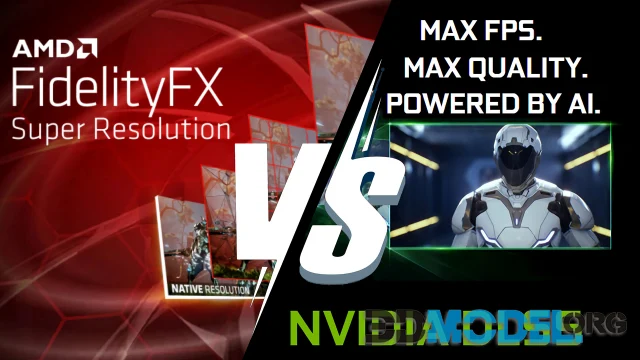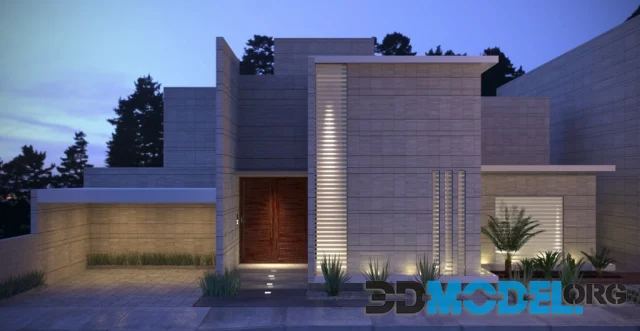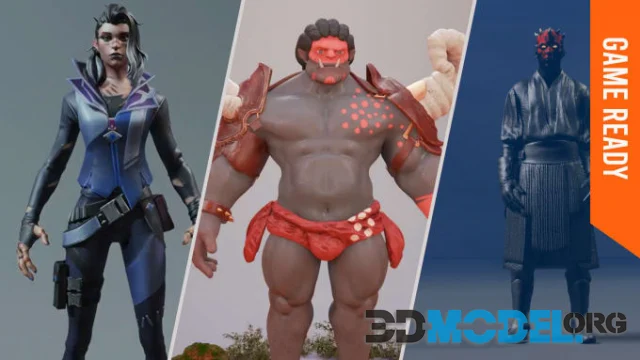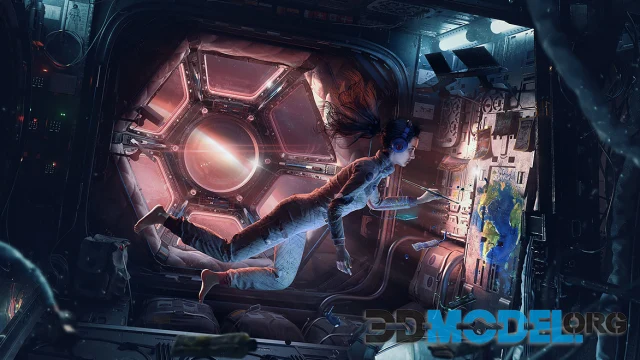The DLSS, FSR and NIS methods of scaling resolution in games: features, advantages and disadvantages

Resolution scaling was invented to help gamers. Video card manufacturers in recent years are actively developing algorithms that can reduce the load on the video card, get a gain in FPS, but without affecting the quality of the picture in any way.
There are three technologies of image scaling: DLSS, NIS and FidelityFX Super Resolution. All of these technologies work differently and produce different results. Read on for more details:
DLSS
First of all, we should say that DLSS is a kind of neural network. NVIDIA supercomputers are used for its implementation. To train it to correctly augment the screen while playing, it is shown tens of thousands of frames from a particular title, at both low and high resolution. All of the frames that DLSS displays are created in real time. The neural network tries to approximate the low-resolution frame to the reference image of 16K. If the developers have taken the time to polish this system sufficiently, it will work clearly and smoothly in the game, projecting a perfect image on the screen in just a few frames.
DLSS is really quite different in terms of how it works from FSR and NIS: DLSS requires tensor cores, which are only found in RTX line video cards. They are four times better at matrix computation than conventional CUDA cores. That's why NVIDIA is not adding support for the technology to GTX series graphics cards: it would take away graphics chip power, while dramatically reducing performance.
NIS
With NIS, the graphics card processes graphics at a low resolution, and then stretches the frame to screen resolution. NIS doesn't use a neural network to analyze and match multiple frames; the algorithm works with just one frame, so it has no data to recreate missing pixels. Each pixel here is drawn using interpolation, where each pixel is copied over several around it. Of course, it doesn't add any quality to the picture - geometric details appear in the game, and the contours of objects become very blurry. Additionally, for NIS you can adjust the filter with different levels of sharpness. NIS also provides the ability to manually adjust the sharpness of the image, but if you set too high values, the image will become grainy.
NIS can even work on GTX cards that don't have tensor cores, but the video card must have the most current updates installed in any case.
FSR
FSR does not differ much from NIS in its working principle. Perhaps the only serious difference is that FSR is an AMD proprietary technology. FSR also comes before NIS. FSR works on the principle that it stretches the image to a higher quality, and all the missing pixels are obtained by copying other pixels from the original image. But there is a disadvantage: FSR makes objects sharp around the edges.
Usually there are four modes of FSR in games - from the lowest quality and fastest to the highest quality and least fast. Most importantly, perhaps, is the fact that games with FSR technology look just as good, and sometimes even better, than games that run in native resolution.
Now all these scaling modes allow you to play AAA projects even without a serious video card. But this is only the first and main advantage. And even a laptop with an RTX graphics card will be enough for that. Even if your graphics card will not be enough to run new games at least at 60 frames per second, you can compensate for the lack of performance picture scaling settings.
If you create any game, you can use the content from our website. Here you'll find a huge library of 2D and 3D models, quality textures and VFX. All of them will help you make the project of your dreams in the shortest possible time. And adding any of the above scaling technologies to the game will help you fit all these assets into the title as nicely and organically as possible.
More articles:
Ctrl
Enter
Noticed a misTake
Highlight text and press Ctrl+EnterRelated news:
Comments (0)






